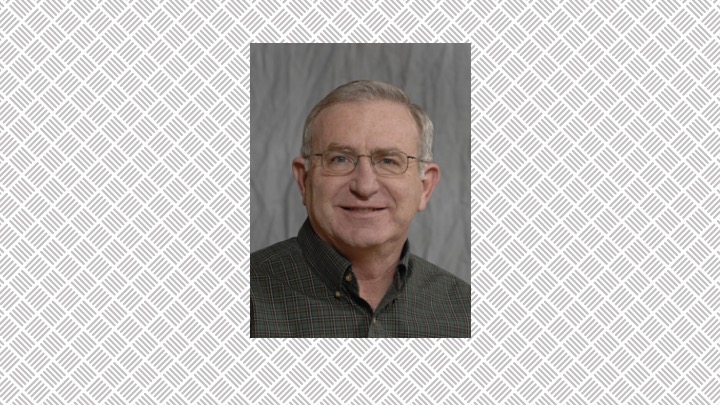
Jim Hines has been with the School of Natural Resources since it formed in 1997. But he’s worked in information technology, computer science and programming with the University of Nebraska-Lincoln for much longer.
In the summer of 1971, he started as a student worker at the Mead research farm, which transitioned into his first job as a computer science programmer. This summer, after more than 45 years with the university, he will retire.
On Wednesday, April 12, 2017, the School of Natural Resources will host a retirement reception in his honor in conjunction with the annual spring picnic. The festivities will be from noon to 1 p.m. in the second floor lobby of Hardin Hall, 3310 Holdrege St.
“Jim is that rare person who has been in the trenches working with computers and IT for pretty much most of the history of the computer age,” said John Carroll, director of SNR, about Hines’ retirement. “He is an institution, and we will miss him.”
Hines HAS seen pretty much the entire history of the computer age. When he chose computer science as a major at Nebraska in (about) 1970, the program was just three or four years old. Computers still filled walls in offices, and all programming was done by individuals.
He spent the first part of his career writing programs that plotted data that assisted professors in their analysis of it. Writing computer code was done line by line, punched onto cards just larger than index cards, and the collection of which formed a program.
“I really liked programming, designing systems doing what no one else had done before,” he said.
Fast forward to 2017: People can hold a computer in their hand and programming software packages (think R!) have changed the landscape of IT. Hines rarely gets to program anymore and hasn’t for most of the past 10 years. Instead, he’s focused on computer systems.
Still, “I’ve been happy,” he said. “I hope I did a good job and made people happy. I think I provided good computer support.”
Mark Mesarch, web and database programmer for SNR, wouldn’t hesitate to say Hines has.
“Jim has provided individualized service that has allowed each of SNR’s research projects to focus on the science and not the limitations of canned programs or ‘one-size-fits-all’ computer environments,” he said.
In the near future, Hines’ environments won’t be confined to computers at all. Instead, he plans to enjoy being at home on the farm and taking trips across the country and abroad. He and his wife already have four planned this year to Europe, Alaska, Texas and Colorado. Canada, Australia and Cuba may also be in the cards.
“We plan to travel and to do it as long as we can,” he said.
He will miss SNR, though. Maybe only because he’ll no longer have a 50-minute commute one way, his favorite part of the day.
“It’s become my time,” he said with a grin.
Which means maybe, just maybe, he'll pop in from time to time after all.
Shawna Richter-Ryerson, Natural Resources